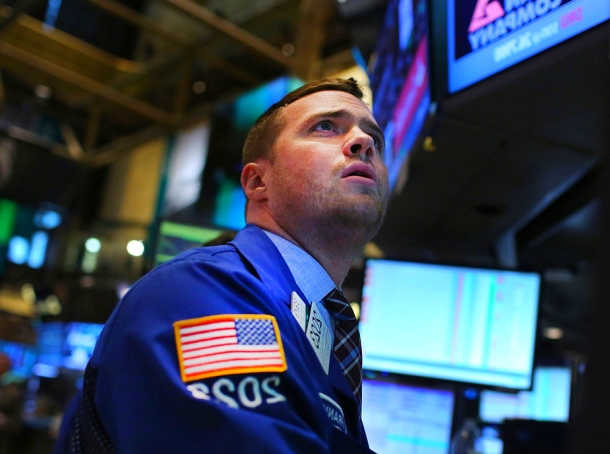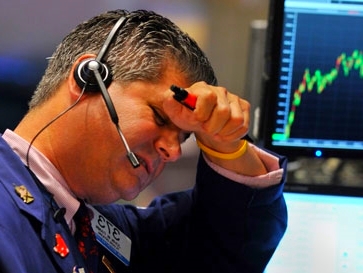Credit Suisse CS earned CHF 1,026 million (CHF 0.76 per diluted share) in the first quarter compared with CHF 41 million in the year-ago quarter and CHF 221 million in the trailing quarter on better trading results and lower expenses. This quarter’s reported profit, which included CHF 80 million of noncash own-debt losses, amounted to an 11% return on equity. On a management-provided underlying basis, the bank’s return on equity during the quarter was 16%, comfortably above the bank’s 15% target. Management said during the call that these results show that the bank’s full-service, capital-light strategy in its investment bank is working. We’re pleased with this result, but we’re holding off judgment–we plan to maintain our CHF 28 per share ($30 per ADR) fair value estimate for now, which projects that the narrow-moat bank’s medium-term ROE will be closer to 13%.
Better trading results were the primary driver behind the big improvement in headline profits. In large part, the favorable year-over-year comparison was driven by the nonreoccurrence of CHF 1,554 million of noncash own-debt losses in first-quarter 2012. Excluding this, fixed-income trading revenue was up 3% compared with the already strong first-quarter 2012 to CHF 1,987 million. Many large investment banks had good first quarters, so the favorable year-over-year comparison isn’t surprising, but Credit Suisse achieved the increase while reducing fixed-income riskweighted assets an impressive 22%. We’ll keep a close eye on whether Credit Suisse is able to sustain its improved RWA efficiency, which could drive an increase in our fair value estimate. Credit Suisse reported a Swiss core capital ratio of 9.8%, up 40 basis points sequentially. This means that shareholders are likely to see a significant dividend increase in 2013, once the bank hits its 10% capital target. While we’re pleased with this improvement, we continue to think that, by other measures, Credit Suisse’s capital base looks thin. Its ratio of common tangible equity to tangible assets, as we calculate it, improved 14 basis points sequentially, but at 3.09% is far below many competitors and the 5%-7% level we’d prefer to see. In addition, we note that the bank’s pro forma fully loaded Basel III ratio is only 8.6%, on the low end for a global bank and below the 10%-plus we see as a target.
Discover more from Tech News
Subscribe to get the latest posts sent to your email.









